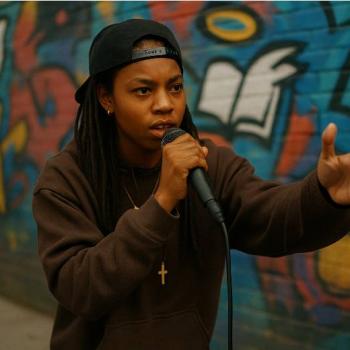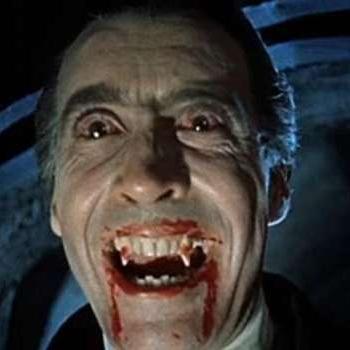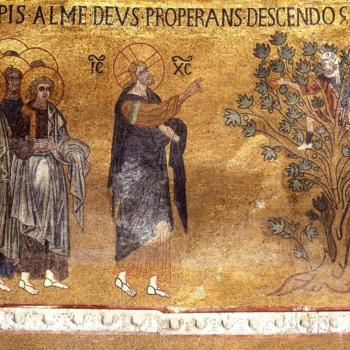The loss of Jewish population owing in large part to intermarriage is demonstrated by one other figure: Of the 7.2 million adults who had one or two Jewish parents, 5.1 million identify as Jews, but 2.1 million of them (about 29 percent) do not identify as Jews. Notably, almost all of those who have a Jewish parent or two, but who see themselves as non-Jewish today, report that just one of their parents was Jewish. Almost the only way for a child of a Jewish parent to come to identify as non-Jewish as an adult is by way of having been raised by intermarried parents.
Not only do intermarried couples produce fewer Jewish children, but they also provide the youngsters with far weaker Jewish socialization and education than do inmarried Jews. As compared with inmarried couples (even limited to the non-Orthodox), intermarried couples exhibit far lower rates of holiday celebration, ritual observance, institutional affiliation, and informal ties with other Jews (friends, neighbors, co-workers, etc.). Their children experience less formal and less intensive Jewish schooling, and less frequent informal Jewish education experiences (day camp, overnight camp, youth groups, and Israel travel). (See, for example, Steven M. Cohen, Jack Ukeles, and Ron Miller, The Jewish Community Study of New York: 2011, New York: UJA-Federation, 2012, particularly chapters 4 and 5. Found at http://www.bjpa.org/Publications/details.cfm?PublicationID=14186).
Not only do fewer children of the intermarried grow up to think of themselves as Jews, but the fraction who do identify as Jews tend to exhibit weaker interest in Jewish life and diminished capacities to partake of Jewish life and to make contributions to the Jewish communities and friendship circles with which they associate. They are simply less familiar with such matters as holiday observance, Jewish communal organization, Israel-related issues, melodies, prayer, linguistic expressions, and popular culture, to name just a few areas of the everyday Jewish "recipe knowledge," that constitutes the basis for insider participation in Jewish life, formal and informal.
The effects of a declining number of engaged non-Orthodox Jews are already palpable. The American Jewish Congress is virtually no more. Hadassah, B'nai B'rith, and other venerable organizations have been experiencing plunging membership for years, although with some periods of stability if not recovery. Even if one regards these entities as endeavors whose time has come and is now going, one must take cognizance of several other domains of decline over the past decade: the number of donors to Jewish federations; Conservative synagogue members; Reform temple members; youth group participants; and day school enrollments outside of Orthodoxy.
Now, it could be argued that a vital future for American Jews may not depend upon healthy Conservative, Reform, JCC and Federation movements, classic Jewish organizations—and all the rest. After all, the ever-evolving nature of Jewish life and of its institutions means that new ways of being Jewish and expressing Jewish commitment and community will emerge. Undoubtedly, new forms will eventually supersede current regnant forms of personal identity and social organization.
The concern (my concern) is about the population needed to either perpetuate re-vitalized versions of current institutions, or to launch, invigorate, and sustain their successors. Successor identities and institutions—be they independent minyanim, Jewish activism in the Third World, Jewish environmentalism, redefining "pro-Israel," or something(s) else—will rely upon a committed population outside of Orthodoxy. Hence, tracking, predicting, and shaping the number of engaged non-Orthodox Jews is not only of abstract importance and mere analytic consequence. Rather, their number speaks to the very health, vibrancy, influence, and impact of American Jewry in the middle-to-late 21st century.
Most simply: Will a vigorous and self-confident Orthodoxy (as seems most likely) be complemented by a full range of Jewish diversity and vitality? Or will the precincts of active American Jewry come to be numerically dominated by Orthodoxy in all its varieties?
Author's Note: For a fuller version of this article, see the Berman Jewish Policy Archive.




